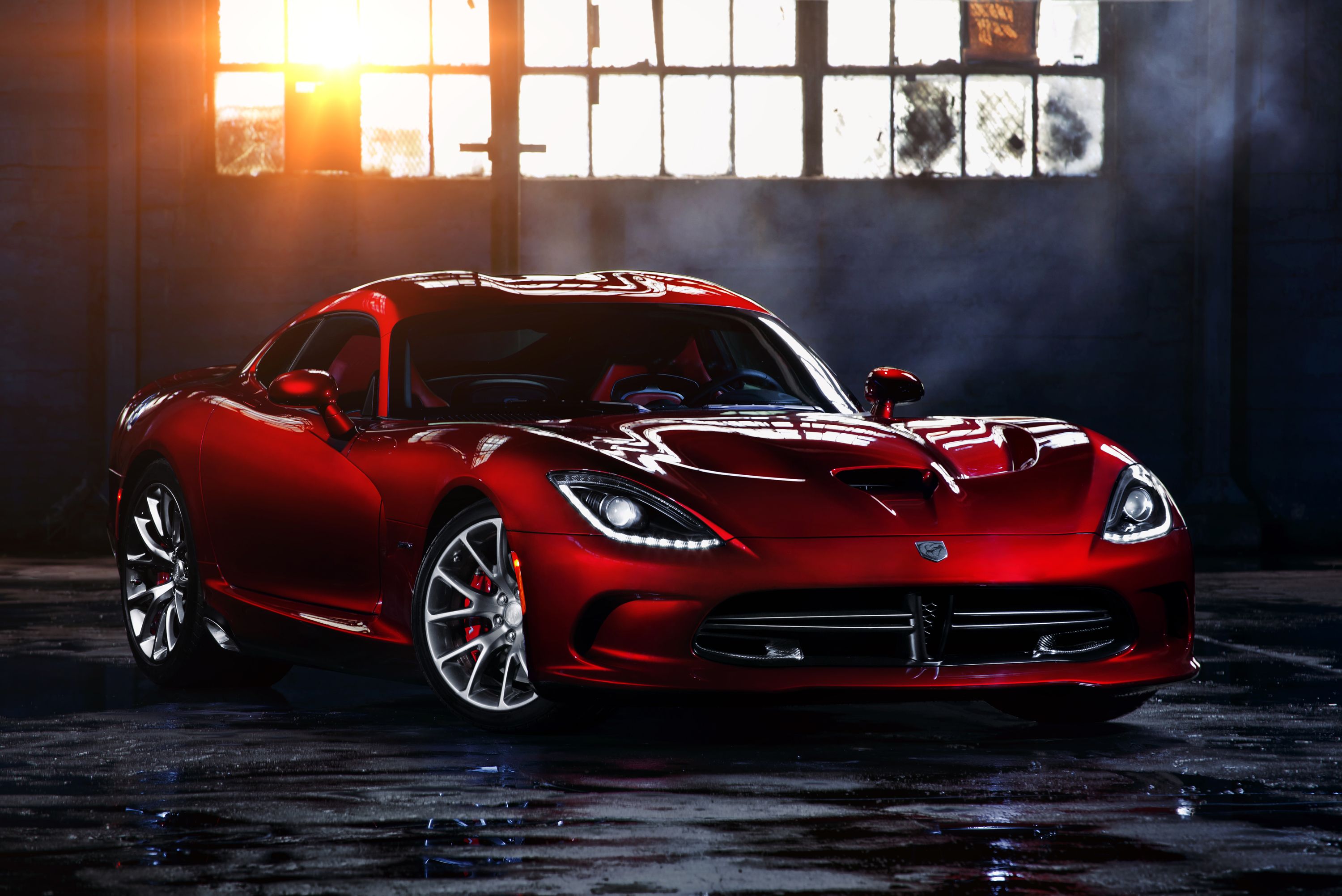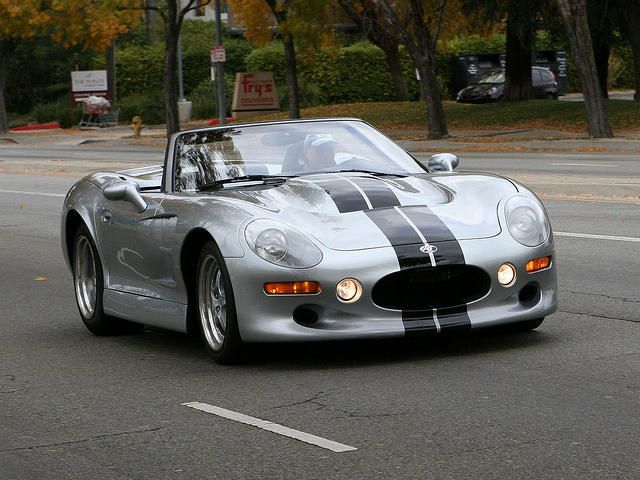
There was only ever one car which Carroll Shelby designed from the ground up, and even this nearly didn't happen. Shelby had done significant work with two of the Big Three American automakers, and it was with the Series I that he would enter into a partnership of sorts with the third. But Shelby's experiences with Ford and Dodge had taught him a thing or two about relying on other people's design work, and this time Shelby's company would handle everything on the car except the engine by themselves.
The last of the Shelby Dodges would roll off the line as 1993 models, by which point Shelby's whole reason for being at Dodge (his friend Lee Iacocca) had left. He had grown tired of seeing the name Cobra slapped on lukewarm pseudo-muscle cars and economy cars. He understood, as many marketing people often don't, that there is more to a car than its name. He was now in his seventies, and had suffered from a serious heart condition since shortly after his Le Mans win in 1959. He saw this as his last opportunity to produce something which was entirely his own and truly special.
It's true that Shelby had already been involved in the design of the Viper, and that this is as close to a modern Cobra as there will likely ever be, but the Series I wasn't intended as another Cobra, and it did not compete directly with the Viper. This was a much more sophisticated machine, with a far greater emphasis placed on handling. After a number of false starts and delays, the Series I finally came out in 1999, with a price tag of $114,000. The car used an Oldsmobile Aurora 4.0-liter V8 in the front and a rear-mounted Corvette-sourced ZF transaxle for a perfect 50/50 weight distribution.
These were the only major components not designed by Shelby, and even so, the engine received quite a lot of new components. These included a new intake manifold, exhaust system, control chip and cams. These gave the engine 70 more horsepower than the stock version, for a total of 320 horsepower. There was a supercharger offered as well, which could push horsepower as high as 600hp. Needless to say, this proved to be a popular option. The chassis was aluminum, and the body carbon fiber. This made the Series I incredibly light, at just 2,650lbs.
This meant a 0-60 time of only 4.4 seconds, and supercharged models could hit 60 in 3.3 seconds. These numbers are still respectable for car in this price range even 13 years later. The design still looks good too. The suspension was a sophisticated F1-style setup, with pushrod-operated inboard rocker arms. Handling was superb, and the interior included all of the creature comforts one would expect of a car in this price range. Shelby's company had been acquired by Venture Industries, the manufacturer of the carbon fiber bodies used for the Series I, early on in the process of bringing car to market.
This initially provided the much-need money required to ramp up production, but it ultimately proved to be Series I's undoing as well. Shelby had originally only planned to build 500 units of the Series I, but unrelated financial problems at Venture killed off the project after only 249 were built. Some years later, Shelby managed to resurrect his brand as an independent company, and was able to reacquire the rights to the Series I. But by this time, the 1999 Federal Motor Vehicle Safety Standards certification he had secured for the original car had expired and the cost of recertifying proved financially unviable.
That didn't bother Shelby though, since he was used to finding workarounds for federal legislation (he was southern, after all), and he simply sold them as kit cars in 2005. The production goal of 500 was never reached, probably because the loss of safety certification meant that the Oldsmobile dealership network which he had previously worked with to sell the Series I was no longer available to him. But it did show just how determined Carroll Shelby had always been not to be beaten. Shelby hadn't initially set out to become a boutique carmaker like Pagani or Koenigsegg.
His specialty was always helping others get the most out of their cars. He accomplished this in a way that nobody else ever has, but the Series I showed that in-house tuning and winning Le Mans were not the only things he was good at. Although the name hinted at the possibility, there was never a Series II, and it's obviously unlikely at this point that there ever will be. This is sort of a shame, but it does mean that the Series I stands as a unique and special vehicle, one which will surely be worth a fortune to any collectors lucky enough to own one.

